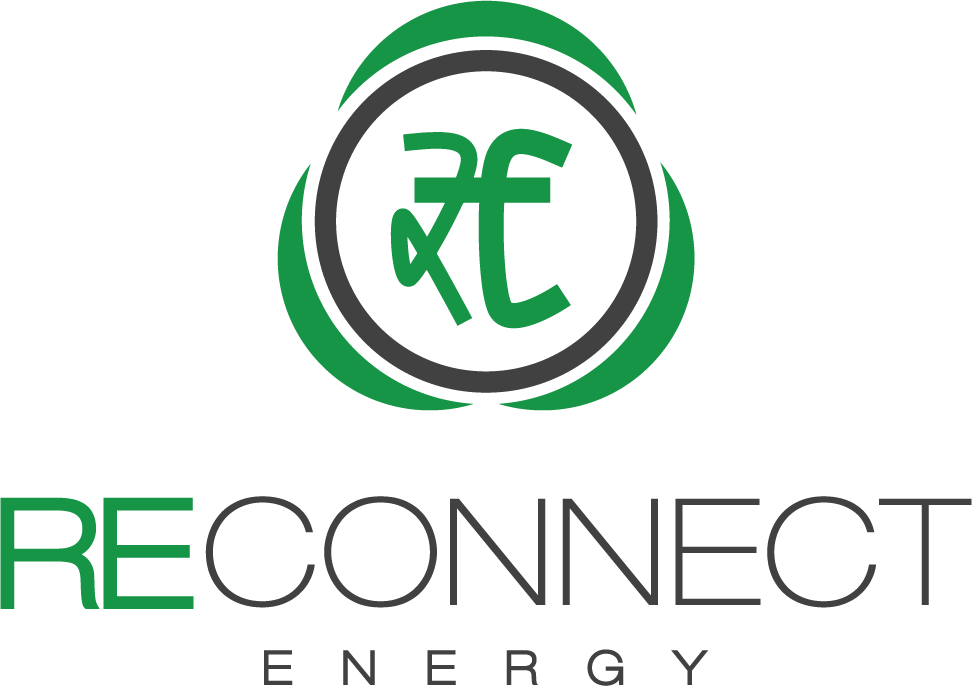Green Hydrogen: Might be an obligation
In a conference on ‘India’s role as a Global Champion for the Energy Transition theme at the UN High Level Dialogue on Energy 2021, New & Renewable Energy Minister R K Singh recently said that the Purchase of green hydrogen will be made mandatory for certain sectors on the lines of renewable purchase obligation.
Singh also informed that India will finalize its ‘Energy Compacts’ going forward based on its target of 450 GW renewable energy capacity by 2030, focusing on solar, wind and bio-energy storage systems, green hydrogen and international cooperation through the International Solar Alliance.
What is Green Hydrogen and why is it suddenly emphasized?
Hydrogen is used in several energy intensive sectors like oil refineries and steel as an auxiliary reducing agent and in fertilizer industries mainly as an industrial feedstock in the creation of ammonia-based fertilisers. It can be produced in a number of ways based on the method of production: ‘Brown’ (if made through the gasification of coal or lignite), ‘Grey’ (if made through steam methane reformation which uses natural gas as feedstock), ‘Blue’ (where the gas is produced by steam methane reformation but the emissions are curtailed using carbon capture and storage) or ‘Green’ (produced by electrolysis of water by renewable electricity).
At present, the vast majority of hydrogen generation is based on fossil fuels, which is emission intensive. According to the IEA (International Energy Agency) report, hydrogen production is responsible for roughly 830 million metric tons of carbon dioxide emissions each year, equivalent to the CO2 emissions of the United Kingdom and Indonesia combined. Also, as per the CNBC report, India is the planet’s third biggest emitter of greenhouse gases, with only China and the U.S. ahead of it.
Green Hydrogen Potential in India –
To produce large amounts of hydrogen through electrolysis, all one needs is water, a big electrolyzer and plentiful supplies of renewable electricity. With inadequate infrastructure for huge and efficient electrolyzer as well as renewable electricity, Green hydrogen is currently expensive to produce, and will account for just 0.1% of worldwide hydrogen production in 2020. In a report published last year (using data from 2018), the International Energy Agency put the cost of green hydrogen at $3 to $7.50 per kilo, compared to $0.90 to $3.20 for production using steam methane reformation.However, by 2050, nearly 80% of India’s hydrogen is projected to be ‘green’ – produced by renewable electricity and electrolysis as per a report by TERI. It also states that the cost of hydrogen from renewables would drop by over 50% by 2030, enabling it to start to compete with hydrogen produced from fossil fuels.
Over time, green hydrogen can be a feasible alternative given India’s record-low renewable power prices (₹1.99 per kWh).
Which all industries will be impacted by imposing the obligation by GOI?
The Ministry of New & Renewable Energy (MNRE) is actively working on Research Development and Demonstration (R&D) programmes on Hydrogen Energy. Accordingly, GoI is planning to cover heavy industries under this scheme as they are the major contributor of CO2 emission in India. Sectors like fertilizers, oil refinery, Steel and chemical industries might be considered if the obligation is imposed.
Possible mechanism for implementation –
As mentioned by the Minister, Green Hydrogen Purchase obligation may have a similar mechanism as Renewable Purchase obligation(RPO). In our opinion this implies, certain percent of the green hydrogen will be made mandatory for the obligated industries to procure inhouse and on not meeting the obligation the obligent has to purchase such EAC related to green hydrogen. However, the success of such a mechanism is still a topic to ponder upon, owing to the infrastructural requirement and our past experience with RPO mechanism.
Source: Press Information Bureau ; IEA ; Greentech Media

